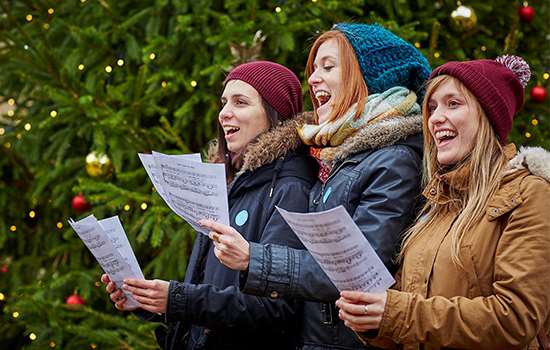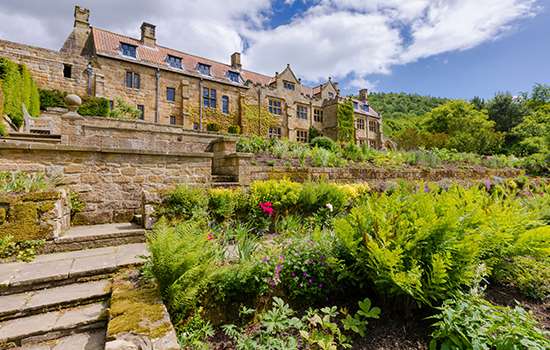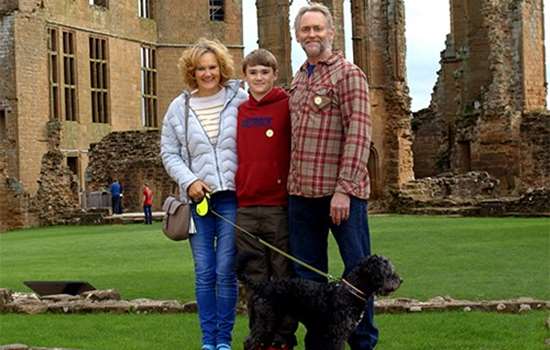MORE TO EXPLORE
-

THE ORIGINS OF CHRISTMAS CAROLS
Where do carols come from? And why are some carols not actually carols at all? Dr Michael Carter reveals all about these festive favourites.
-

HOW TO GARDEN LIKE A MONK
Take horticultural inspiration from the gardens of monks in the medieval period, who would sometimes spend up to five hours a day tending to their gardens.
-

Become a member today
Enjoy unlimited access to hundreds of historical places with an annual English Heritage membership. Plus there's free entry for up to six children.